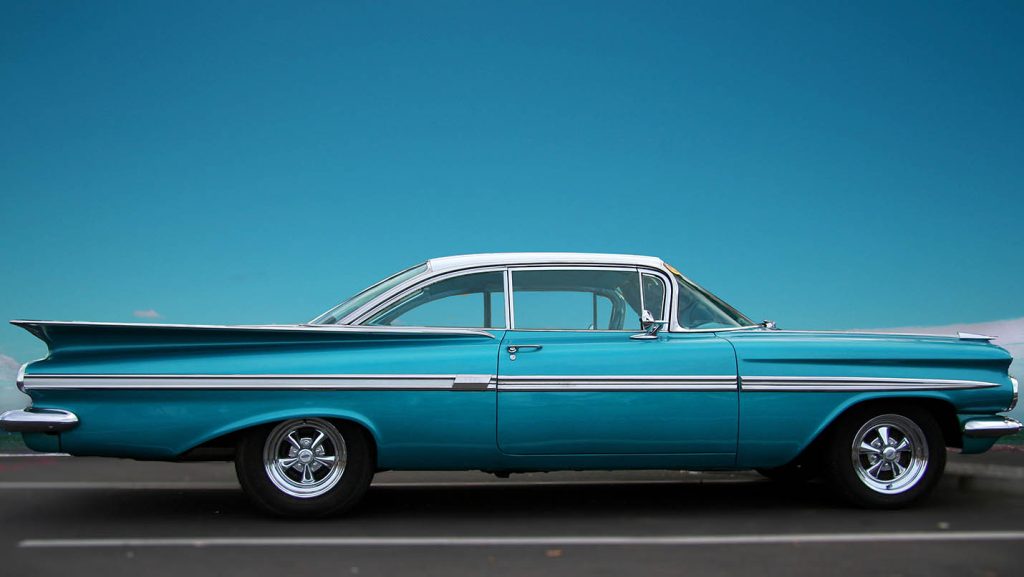Classic cars are more than just vehicles; they’re pieces of history, works of art, and often significant investments. If you’re a proud owner of a classic car in Ontario, you need to protect your prized possession with the right insurance. But what exactly is classic car insurance, and why is it so crucial? Let’s dive into the world of classic car insurance and discover why it’s an essential consideration for any vintage automobile enthusiast.
What is Classic Car Insurance?
Classic car insurance is a specialized type of auto insurance designed specifically for vintage, antique, or collector vehicles. Unlike standard auto insurance, classic car insurance takes into account the unique nature of these vehicles, their value, and how they’re used.
What is a Classic Car?
In Ontario, the definition of a classic car can vary, but generally, it refers to vehicles that are at least 20 years old and maintain or appreciate in value. This can include vintage cars, muscle cars, exotic vehicles, and even some modern classics. The key is that these vehicles are of special interest and are maintained or restored to a condition that is substantially in conformance with the manufacturer’s original specifications.
Difference between classic car insurance and standard auto insurance
- Valuation: Classic car insurance often uses agreed value coverage, while standard auto insurance typically uses actual cash value.
- Usage: Classic car policies usually have mileage restrictions and are designed for occasional pleasure driving.
- Specialized coverage: Classic car insurance often includes coverage for things like memorabilia, spare parts, and towing to specialized repair shops.
- Premiums: Often, classic car insurance premiums are lower due to the limited use and careful maintenance of these vehicles
The Benefits of Classic Car Insurance
Agreed Value Coverage
One of the most significant benefits of classic car insurance is agreed value coverage. This means you and your insurer agree on the value of your vehicle upfront, ensuring you’ll receive that amount if your car is written off, without depreciation.
Specialized Repairs and Parts Coverage
Classic car insurance often covers the cost of specialized repairs and hard-to-find parts, which can be crucial for maintaining the authenticity and value of your vehicle.
Flexible Usage and Storage Requirements
These policies typically offer more flexible usage terms, understanding that classic cars are often driven less frequently and stored more carefully than everyday vehicles.
Roadside Assistance and Towing
Many classic car insurance policies include specialized roadside assistance and flatbed towing services to ensure your vehicle is handled with care if it breaks down.
Cherished Salvage Coverage
This unique feature allows you to keep the salvage of your vehicle if it’s damaged beyond repair, along with receiving the full agreed value payout.
Qualifying for Classic Car Insurance
Obtaining classic car insurance is not as straightforward as a standard auto policy. Insurance providers typically have specific eligibility requirements that must be met in order to qualify for this specialized coverage. Let’s explore the key criteria that classic car owners in Ontario should be aware of:
- Age of the Vehicle As mentioned earlier, the vehicle must generally be at least 20 to 25 years old to be considered a classic. However, some insurers may be more flexible and accept vehicles as young as 15 years old if they are deemed to have significant historical or collector’s value.
- Condition and Originality
Classic car insurers often require that the vehicle be well-maintained and closely aligned with its original factory specifications. Significant modifications or customizations may impact the eligibility or the specific coverage options available. - Usage and Mileage Restrictions
Classic car insurance is typically reserved for vehicles used for occasional pleasure driving, car shows, and other automotive events. Insurers may impose annual mileage restrictions, often in the range of 5,000 to 10,000 kilometers, to ensure the vehicle is not used as a primary or daily driver. - Driving Record and Experience
Insurers may require the policyholder to have a clean driving record, with no more than a few minor infractions over the past three to five years. Additionally, a minimum of 10 years of driving experience is often a prerequisite for classic car insurance coverage. - Ownership and Household Requirements
Classic car owners are typically required to have another vehicle insured under a separate policy for daily transportation needs. This ensures that the classic car is not being used as the primary means of transportation. - Storage and Security Measures
Many classic car insurance providers prefer that the vehicle be stored in a secure, enclosed space, such as a garage or a climate-controlled storage facility. This helps mitigate the risks of theft, vandalism, and environmental damage.
By understanding and meeting these eligibility criteria, classic car owners in Ontario can position themselves to obtain the specialized coverage they need to protect their prized possessions. Consulting with an experienced insurance broker can be invaluable in navigating the complexities of classic car insurance and ensuring a seamless application process.
Factors Influencing Classic Car Insurance Costs in Ontario
The cost of classic car insurance in Ontario can vary significantly, depending on a range of factors. Understanding these key considerations can help you better estimate the premiums you may face and make informed decisions when securing coverage for your prized automotive possessions.
Type of Vehicle
The type of classic car you own is a critical factor in determining the insurance cost. Factors such as the make, model, age, rarity, and overall value of the vehicle all play a significant role in assessing the premiums. Generally, older and more valuable classic cars will command higher insurance costs due to their higher replacement costs and potential restoration expenses. Rare or limited-production models may also incur higher premiums due to their unique nature and the difficulty in sourcing replacement parts.
Vehicle Usage
As mentioned earlier, classic cars cannot be used as your primary mode of transportation. The limited usage of these vehicles reduces the risk of unexpected incidents, which in turn lowers the insurance costs. However, it’s essential to accurately disclose the intended usage of the vehicle to your insurer to avoid potential coverage issues in the event of a claim.
Geographic Location
The geographic location where the vehicle is primarily kept and driven can significantly influence the insurance premiums. Areas with higher population densities and increased traffic congestion tend to have higher insurance rates compared to smaller towns and cities. Additionally, certain regions may have higher vehicle theft rates or vandalism, which can impact the insurance costs.
Driving Record
The owner’s driving record is a crucial factor in determining classic car insurance premiums. Many insurers in Ontario require a clean driving record, with no more than two minor infractions within the last three years. This demonstrates responsible driving behaviour and can lead to lower insurance costs.
Vehicle Storage and Security Measures
The way you store and secure your classic car when it’s not in use can also affect the insurance premiums. Vehicles kept in a secure garage or storage facility are less susceptible to theft or damage, which can result in lower insurance costs. Installing anti-theft devices, alarms, or tracking systems can further reduce the risk of theft and potential losses, potentially leading to additional premium discounts from insurers.
Policy Coverage and Deductibles
The specific coverage options you select and the chosen deductible amount will also impact the insurance premiums. Opting for comprehensive coverage, which protects against theft, vandalism, and non-collision damage, will typically result in higher premiums compared to basic liability coverage. Similarly, choosing a lower deductible will lead to higher premiums, while a higher deductible can lower the insurance costs.
Maximizing Your Classic Car Insurance Coverage
- Accurate Valuation and Appraisal: Ensure your car is properly valued with regular professional appraisals.
- Regular Policy Reviews and Adjustments: Review your policy annually to ensure it still meets your needs and reflects your car’s current value.
- Comprehensive Coverage Considerations: Consider additional coverages like inflation protection or coverage for memorabilia and spare parts.
- Specialized Repair and Parts Coverage: Ensure your policy covers specialized repairs and hard-to-find parts.
- Secure Storage and Anti-Theft Measures: Implement robust security measures to potentially lower your premiums.
Conclusion
Classic car insurance is an essential consideration for any vintage automobile enthusiast in Ontario. It offers specialized protection tailored to the unique needs of classic cars, ensuring that your prized possession is adequately covered. By understanding the nuances of classic car insurance and working with a knowledgeable insurance provider like McLean & Dickey Insurance, you can enjoy your classic car with peace of mind, knowing it’s protected for years to come
Ready to Protect Your Classic Car?
Contact McLean & Dickey Insurance today for a personalized classic car insurance quote. Our experts understand the unique needs of classic car owners in Ontario and can help you find the perfect coverage for your prized possession. Get a Quote Now!




